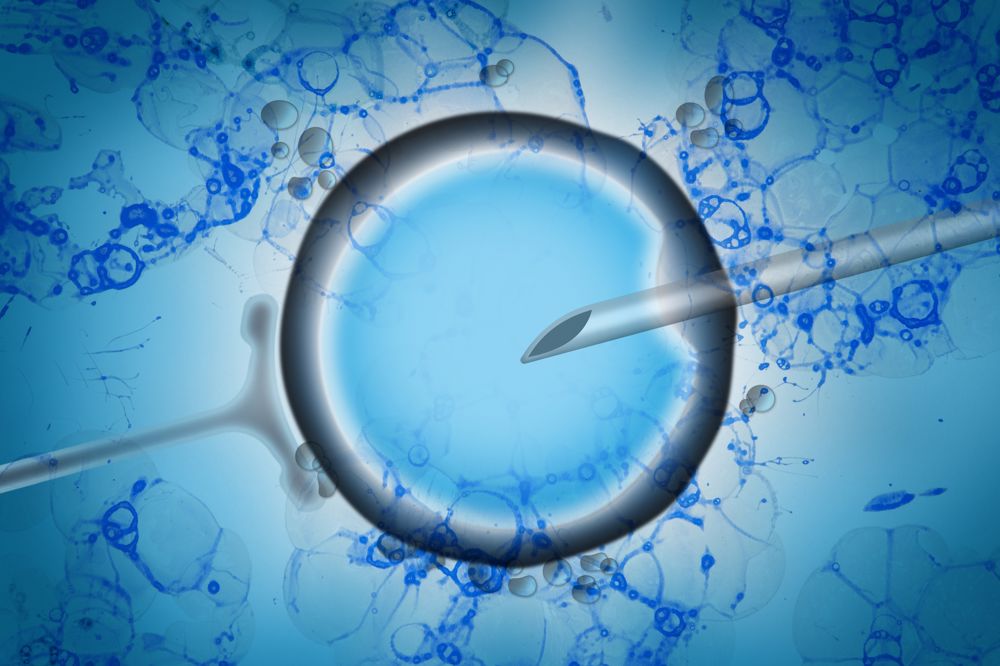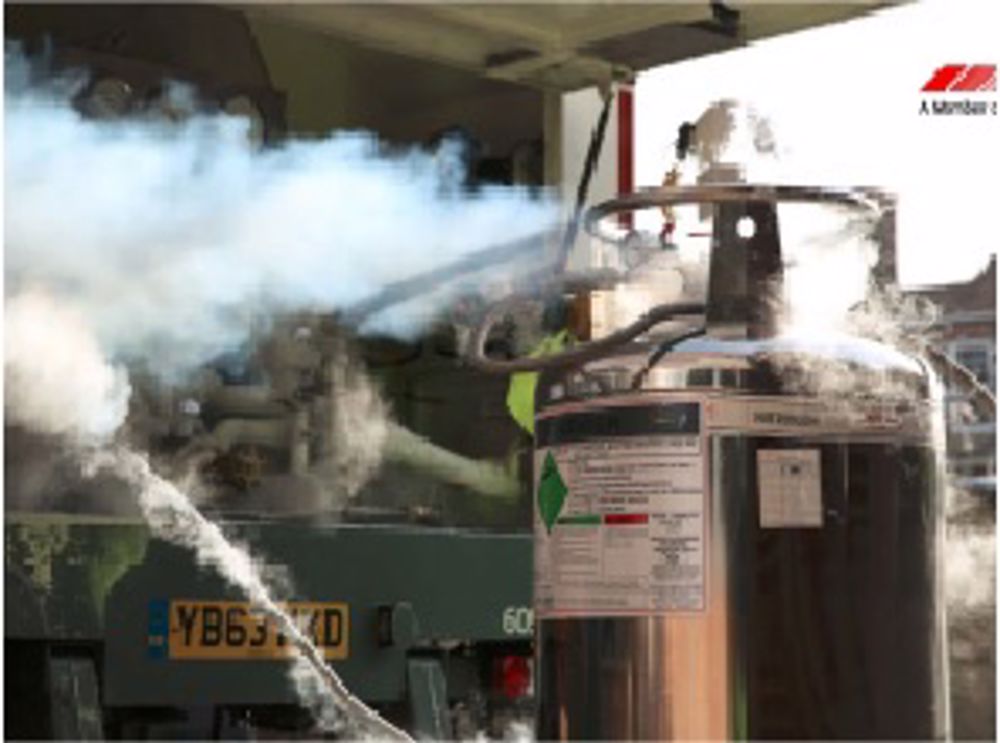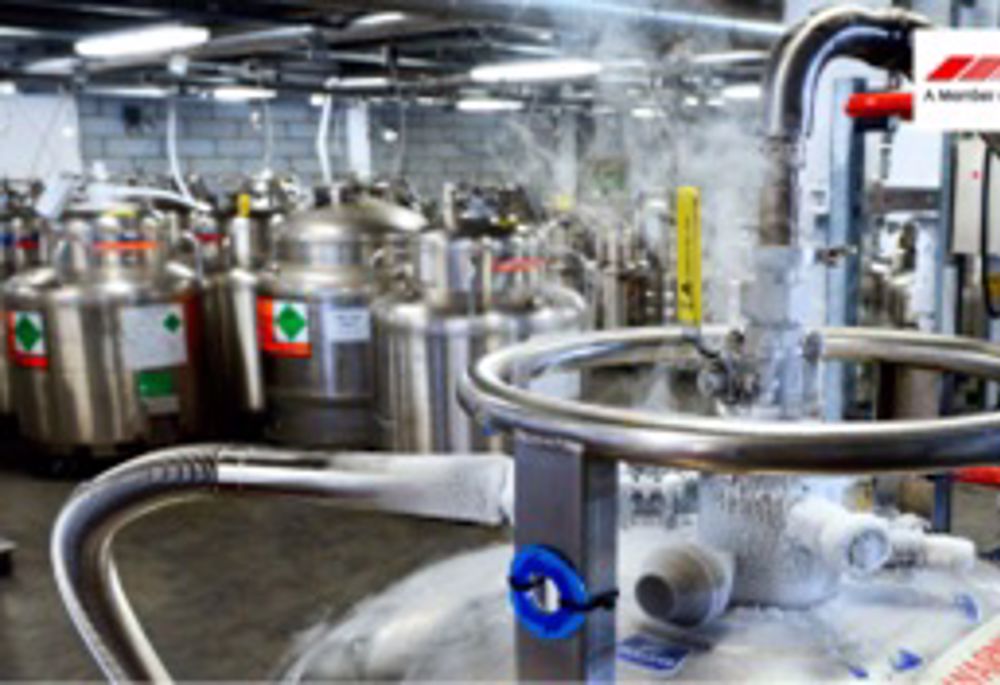Chemical Engineering and Assisted Reproduction
There was a time when anything concerning reproduction of man or beast was the affair of nature alone. However in the late 1970s the whole situation changed and there are now a range of treatments, such as in vitro fertilisation (IVF) and intrauterine insemination (IUI), whereby preserved human eggs and sperm can be brought together and implanted to enable embryos to develop into healthy babies in situations where successful natural fertilisation was not possible. It is a field where incredible progress has been made over the past 50 years, accelerated still further due to the incredible advances in genetic engineering.
In the farming world artificial insemination (AI) was practised even earlier. Whereas at the beginning of the twentieth century all cows in England and Wales were mated to bulls, by the end of the 1950s 60% were conceived through artificial insemination. By then a national network of 'cattle breeding centres' brought AI within the reach of every farmer.

The acceptance of assisted reproduction approaches worldwide for both animals and humans provided the impetus for developing other technologies, such as cryopreservation and sexing of sperm, oestrous cycle regulation, and embryo harvesting, freezing, culture and transfer, and cloning.
All these development have one factor is common: the need for cryogenic storage of eggs and sperm using liquid nitrogen, which is where chemical engineering comes in. Chemical engineer Garth Hudson supplied liquid nitrogen for freezing bull semen both in the UK and in Kenya, where the Kabete Artificial Insemination Centre relied on liquid nitrogen. AI has meant fewer bulls have to be kept and the quality of livestock can be enhanced by breeding from selected high quality bulls.
Liquid nitrogen
The chemical engineering of liquid nitrogen production and transport is described in a related story on ‘Chemical Engineering and Preservation of Food’ (link to this story).
The specimens are housed in specially designed stainless steel vacuum insulated mobile vessels. The design criteria of these include high-tech insulation to minimise any heat ingress, mechanical robustness, the capability of being perfectly cleaned and sterilised and secure access.

For recent advances see: M.R. Ugur et al, 2019, ‘Advances in cryopreservation of bull sperm’, Front. Vet. Sci., 6, article 268.
(https://www.frontiersin.org/articles/10.3389/fvets.2019.00268/full)
Other medical applications of cryopreservation
The huge advances in biological research and surgical techniques have again called cryopreservation into play for preservation of human tissue for transplant purposes. However, compared with freezing sperm or even embryos, the preservation of living tissue without damage is a complex and challenging activity, still the subject of much research. This, and the whole domain of tissue engineering, are areas where medical scientists and chemical engineers are collaborating to transform treatments from cell therapies to surgical procedures.
